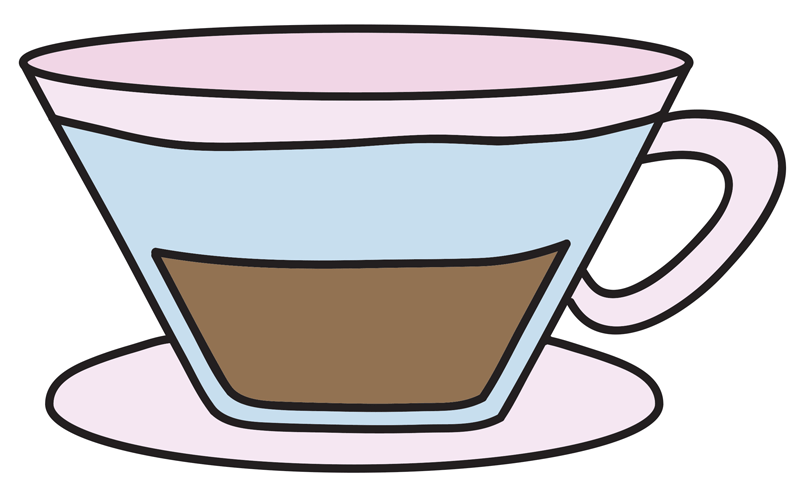Channelling
Side-Channelling
In physics, there is a saying that water follows the path of least resistance. And if the forces governing a brew method create easy paths for water to flow through, then it is our job to minimise these ‘paths of least resistance’. With espresso coffee, where the holes are at the bottom of the coffee bed, the principle of even distribution and tamping with even pressure is quite simple. With percolation brew methods, the outlets for the water are not all underneath the coffee bed; they are everywhere below the level of the slurry. This means that if you add your brew water more quickly, you are introducing thousands of new, microscopic escape routes. It is likely that water will find it a little easier to exit the slurry out of the part of the filter that sits above the coffee bed because this is less obstructed. This sort of channelling can be termed side-channelling. Brewing with metal filters causes this side-channelling to become chronic. The holes in metal filters have openings around three times wider than paper filters, at around 50 um in diameter. Once the level of the slurry rises up above the level of the coffee bed, there is almost no resistance to the side-channelling effect of water exiting the brew without travelling through the coffee bed. Much of the brew water is effectively skimmed off the surface, causing the significant under-extraction of grinds.

Illustration of water escaping more quickly out of the sides of the filter paper that are underwater but sit above the level of the coffee bed.
Wells
The imbalance of turbulence across the coffee bed is a major contributor to channelling. Where wells appear to be dug into the coffee bed, it is the result of localised turbulence, caused by the incoming flow of brew water. Most often with mechanical brewers, this is the result of using a spray head that does not separate the water into enough separate streams.